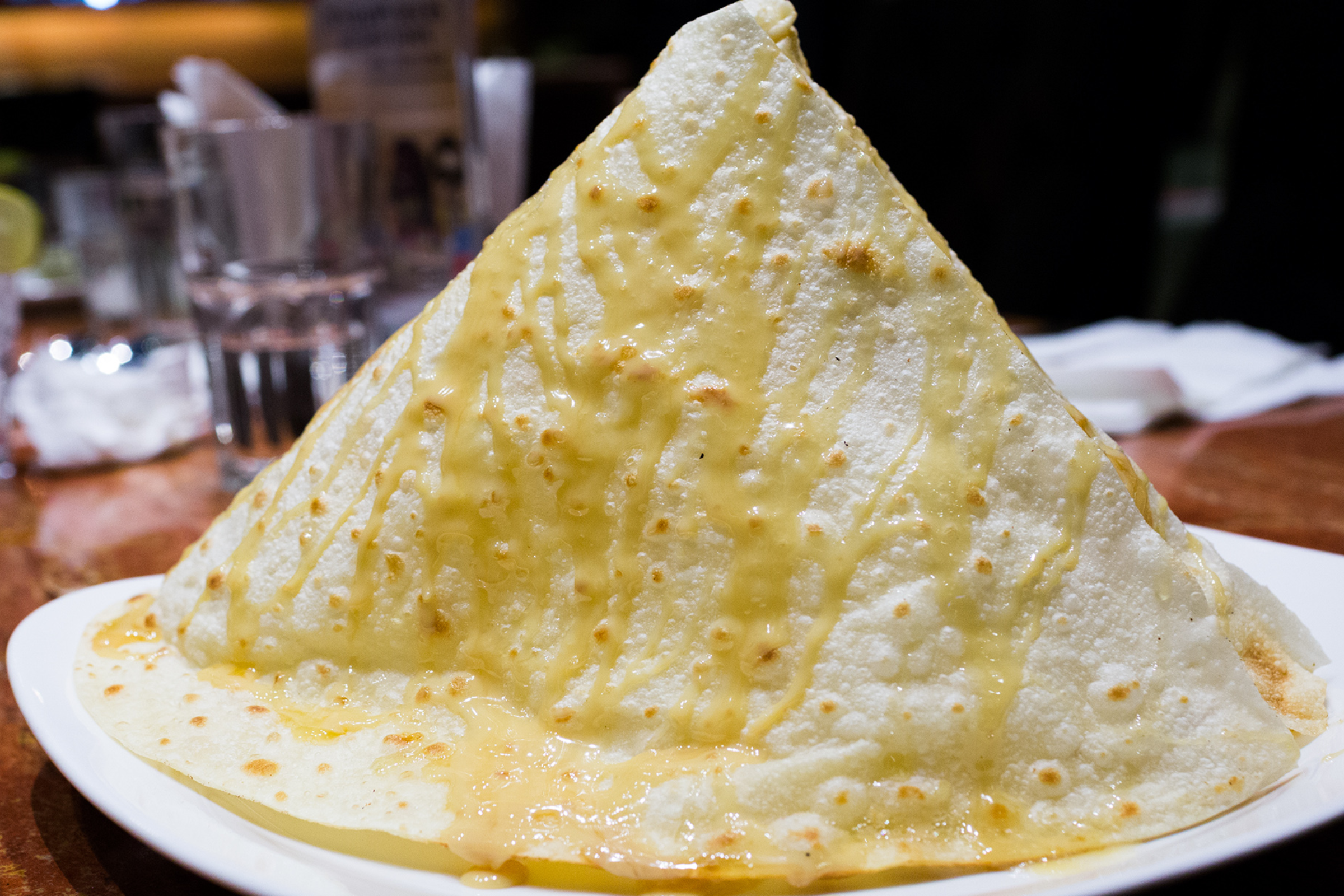Malaysian culinary practices and traditions make up Malaysian cuisine, which represents the country's multiethnic population. Three primary ethnic groups Malays, Chinese, and Indians make up the great majority of the country's population. The Peranakan as well as the Eurasian Creole groups, and the indigenous individual of Sabah and Sarawak in East Malaysia. As well as a sizable number of foreign workers and expatriates, make up the remaining population. Malaysia Tours is primarily a fusion of traditions from its Malay, Chinese, Indian, Indonesian, Filipino, and native Bornean and Orang Asli cuisines.
Along with light to heavy influences by Arabic, Thai, Portuguese, Dutch, and British cuisines, to name a few. This is due to historical migrations, colonization by foreign powers, and its geographical position within its larger home region. The outcome was a symphony of flavors that gave rise to Malaysian cuisine's extreme complexity and variety. Different herbs, spices, and condiments are used in cooking.
Since Singapore and Peninsular Malaysia have a shared past, it is typical to find similar dishes, including laksa and chicken rice, on both sides of the border, regardless of where they originated. The same may be true for Brunei and Malaysian Borneo, including Ambuyat. Malaysia has strong culinary linkages with Indonesia, Thailand, and the Philippines due to their close ethnic and cultural kinship, geographical proximity, and shared history of migration. Here is a Malaysia travel guide for different Malaysian cuisine.
Nasi Dagang
It is a seafood meal that consists of coconut milk-cooked rice, fish, typically tuna fried coconut shavings, and pickled vegetables. It occasionally also includes hard-boiled eggs. Although the meal may resemble nasi lemak in appearance, it has a different flavor. This Malaysian fast dish, known as "trader's rice," is typically enjoyed by blue-collar laborers.
Nasi Tumpang
Nasi Tumpang is a rice dish that is served in a banana leaf that is formed like a cone. This dish's packaging makes it simple to grab a fast snack while on the run. Atop the rice comes an omelet, a sweet gravy, and either chicken or shrimp curry.
Roti Jala
This authentic Malaysian cuisine, which translates to bread net, derives its name from the net-like design it forms when it is served. A special perforated ladle is used to generate a net-like fried circular by shaking it across a hot pan. While it can be eaten as a snack on its own, it is typically served with a curry or, if served as a dessert, a sweet sauce.
Ayam Goreng
Although the term ayam goreng refers to fried chicken, the dish is considerably different from the fried chicken we are used to in the US. Instead of being dusted with flour or batter, ayam goreng is seasoned with spices and served with rice. To give it an extra kick of flavor, Malaysian cuisine often includes sambal terasi, a spicy shrimp sauce, or sambal kecap, a sweet soy sauce.
Nasi Lemak
Nasi Lemak, which translates to fat rice, is made with rice, coconut milk, and pandan leaves and is regarded as the national dish of Malaysia. Sambal, prawns, fried anchovies, cucumber, and peanuts can all be added to the combination or served as side dishes. This Malaysian cuisine, which is typically served for breakfast, may be found in food stalls all around the nation.
Sambal Udang
Sambal is often a chili paste that is used in Malaysian food, and sambal udang is a chili paste that also contains prawns. Seafood fans will enjoy it since in addition to the prawns simmering in the chili sauce, more prawn paste is also added. For added flavor, tamarind juice is occasionally used.
Nasi Kerabu
Nasi Kerabu is pretty different from the other rice dishes from Malaysia. It contains blue rice, which is colored with telang blossoms that have been crushed. This blue rice is served with coconut, fried chicken or an egg, Budu, and a hot fish sauce.
Roti Canai
Roti Canai is a Malaysian dish that consists of a crispy flatbread. A lovely, fluffy roti is produced by flattening the batter and cooking it in a hot pan. This dish is consumed with the hands and is served with several dipping sauces of varying heat levels. Even a small amount of curry is served with roti at some stands.
Roti Tisu
Due to its delicate, thin texture, roti tisu gets its name from the word "tissue." This flatbread is presented in a cone-shaped dish. It tastes delicious as a dessert when coated in sugar, but it can also be prepared as a savory dish. To properly consume roti tisu, you must learn how to slowly consume it from top to bottom without destroying its conical shape.
Apam Balik
Like a sweet omelet, apam balik. It is a thick pancake that is loaded with sugar, peanuts, and occasionally even jelly! This Malaysian dish is prepared immediately on a griddle, allowing you to see this delicious snack cook.
Cendol
Similar to ais kacang, cendol is an ice-based drink, but it also contains coconut milk in place of shaved ice. It is a great dessert to have after a hearty Malaysian lunch and comprises ingredients like rice jelly and palm sugar on your Things To Do In Malaysia.
.jpg)





.jpg)